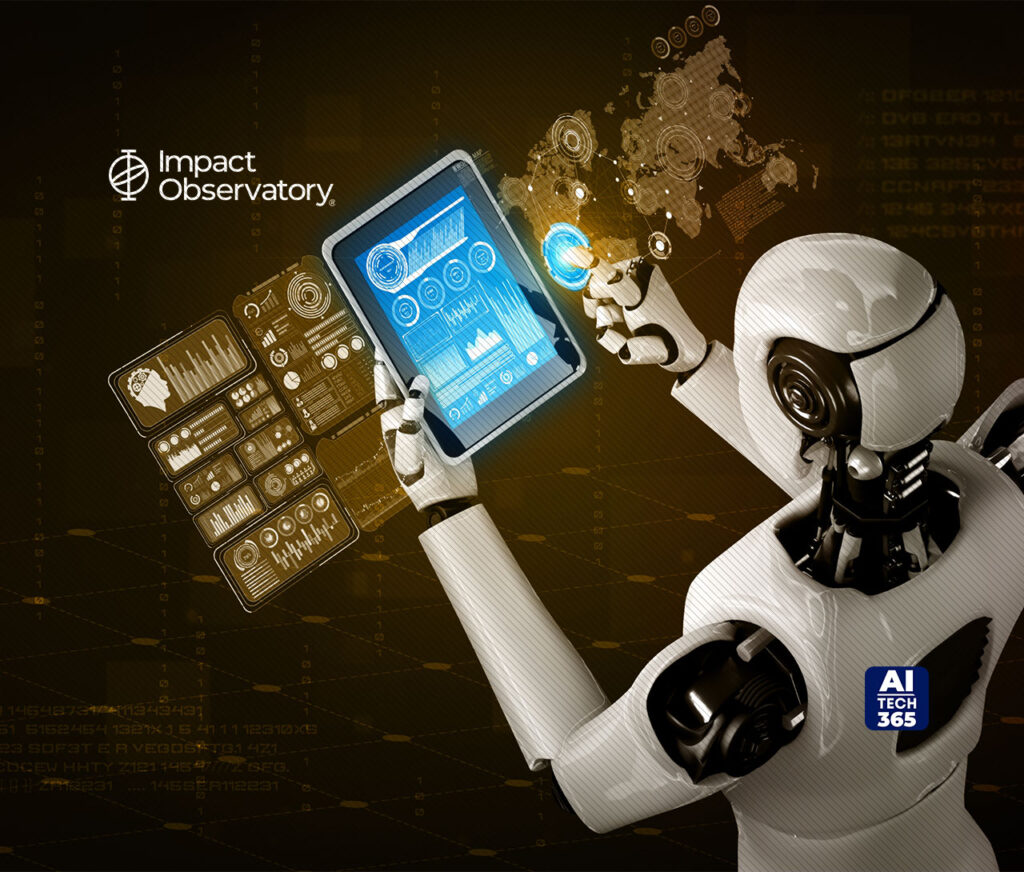Impact Observatory, a leader in AI-powered global mapping and monitoring announced the general availability of IO Monitor to provide real-time, actionable land use data for insights and decisions. IO Monitor provides unprecedented insights into the current state and dynamics of the Earth’s surface. The map delivers unique value by offering 14 seasonal and annual classes, in custom, on-demand maps at 10m resolution.
IO Monitor is a valuable resource for governments, land use and environmental planners, and climate and risk organizations who need to understand the changing planet and its implications for human and natural systems. These maps can support urban planning, biodiversity conservation, disaster management, food security, water resource management, carbon accounting, and climate change adaptation and mitigation.
“Every day, cities grow, new crops are planted, forests are harvested, and floods, droughts, and wildfires continue to increase. This greatly impacts the infrastructure, food systems, water supplies, and natural resources that the world depends on,” said Steve Brumby, Co-founder and CEO of Impact Observatory. “With IO Monitor, we are able to support urban planning, disaster management, food security, water resource management, carbon accounting, conservation, and climate change adaptation and mitigation. With these new “living” maps, Impact Observatory is able to democratize a technology that was previously only available to a few, by providing the fastest, most accurate and least expensive space-based mapping and monitoring solution on the market today.”
IO Monitor maps are updated with the latest satellite imagery available, allowing users to monitor changes in land use and land cover in near-real-time. With 14 classes, customers can identify dense forest and open woodlands, wet and dry areas, riparian areas, and vegetation health by season. The map also shows both current water levels and persistent water channels that may be dry at certain times of the year. Users can also order historical data from 2017 to the present, enabling analysis of trends and patterns in land use over time.
What makes IO Monitor unique is Impact Observatory’s deep learning approach, which automates and accelerates space-based mapping and monitoring to classify LULC categories globally. With IO Monitor, customers experience best-in-class space-based global LULC mapping and monitoring benefits including:
- Near Real-Time Data: Most publicly available global land cover maps are only updated once every one to two years, whereas IO Monitor’s maps are available in near real-time, allowing customers to scale access from small areas to entire countries, anywhere in the world, as soon as the satellite imagery is available.
- Customization: Users can select or customize their areas of interest, and the time period they want to monitor.
- More Classes: IO Monitor classifies the land into 14 categories, including high and low-density built areas, dense and sparse trees, dense and sparse rangeland, water extent, water channels, bare land, snow and ice, and clouds.
- Transparent Pricing: IO Monitor offers introductory pricing of just $5 per square kilometer with substantial volume discounts for monitoring large areas – allowing users to access data easily and within budget.
Images of Earth collected by the Sentinel-2 satellite constellation observe the world as trillions of pixels, each showing a 10 meter by 10 meter patch of ground. IO Monitor turns millions of these satellite images into maps that label every pixel into one of nine categories of major LULC. Since the release of the company’s first global map in June 2021, Impact Observatory has received over 1,000,000 visitors accessing and downloading our annual maps via Esri Living Atlas, Microsoft Planetary Computer, and the AWS Registry of Open Data.

